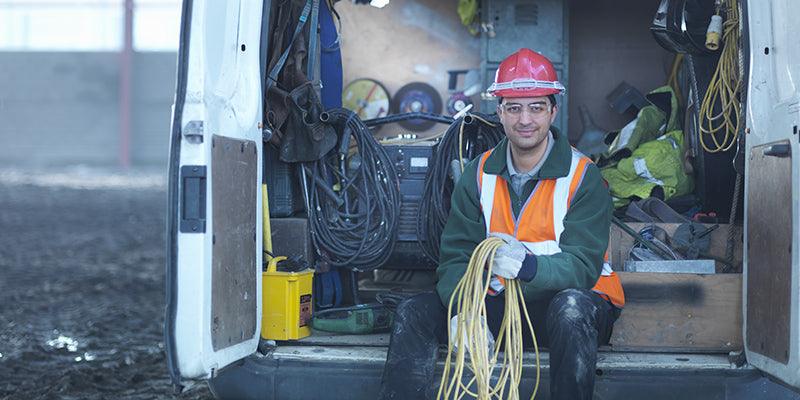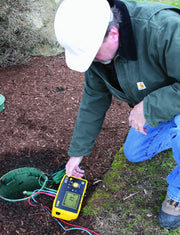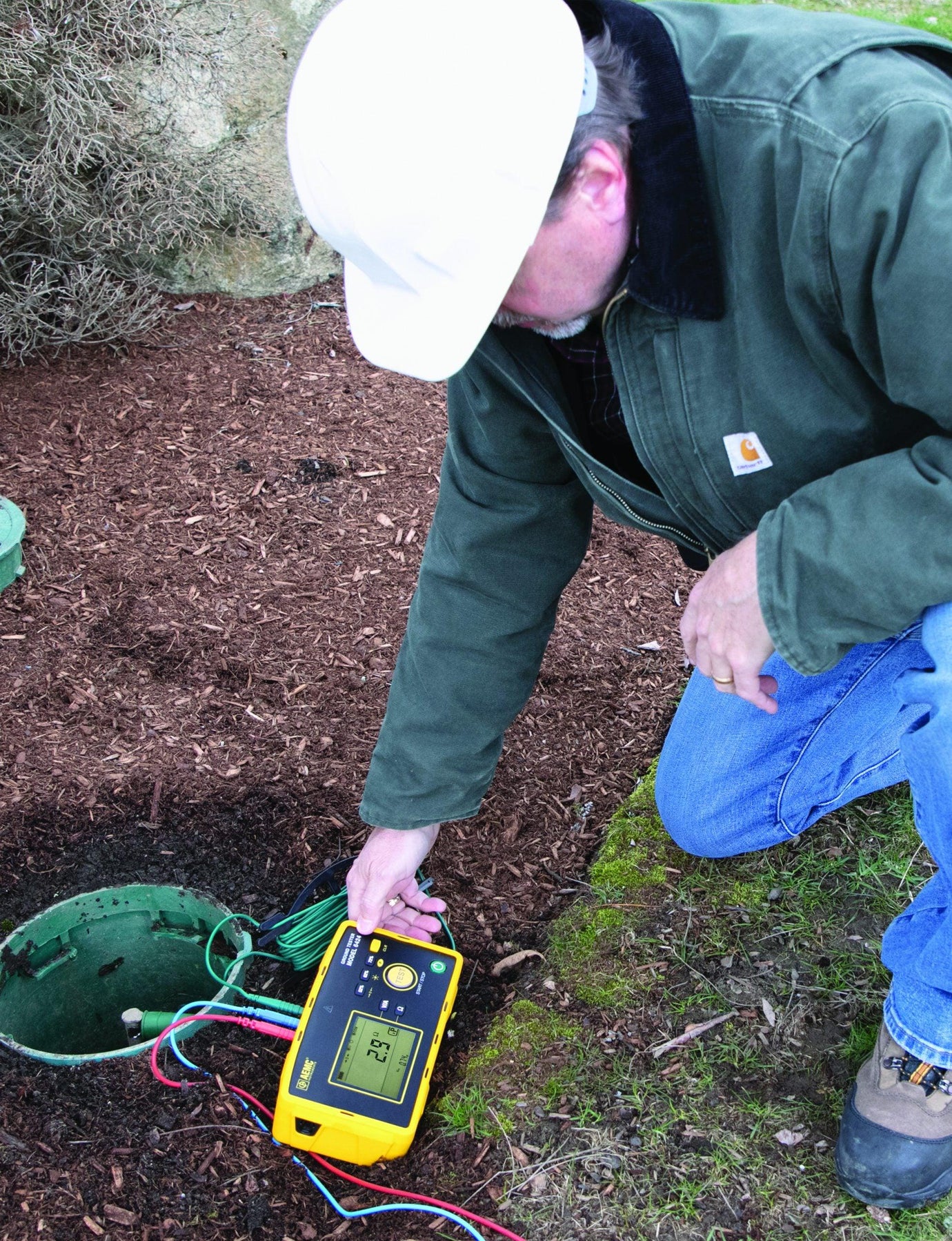The Professional Installation of Grounding and Bonding: A Detailed Analysis
Why Professional Installation Matters
Electrical grounding and bonding are not DIY jobs. The installation of grounding and bonding requires specialized knowledge and expertise. It is a process that involves a series of intricate procedures including grounding electrode installation, grounding conductor installation, and bonding jumper installation, all performed according to the National Electrical Code (NEC) requirements.
Standards and Guidelines for Installation
The NEC outlines the standards and guidelines for grounding and bonding installations. For instance, it provides detailed guidelines for installing grounding electrodes, bonding jumpers, and grounding conductors. Following these guidelines not only ensures the safety of the electrical system but also its efficiency and longevity.
Installation Techniques
Various techniques are employed in the professional installation of grounding and bonding. This includes the selection of the correct type and size of grounding conductors and bonding jumpers, proper grounding electrode installation, and ensuring the correct placement of grounding and bonding connections. Following best practices during installation is essential to ensuring the effectiveness of the grounding and bonding system.
Installation of Equipment Grounding
Equipment grounding is a key component of electrical safety, providing a safe path for fault current to flow in the event of an electrical fault. This includes installing equipment grounding conductors that connect non-current-carrying metallic parts of equipment to the system's grounding electrode conductor.
Installation of Ground Fault Protection
The installation of ground fault protection devices, such as the Ground Fault Circuit Interrupter (GFCI), is another important aspect of grounding and bonding. These devices provide enhanced protection against electric shock and are mandatory in certain locations according to the NEC.
Earthing System and Lightning Protection Installation
The installation of an effective earthing system is fundamental in grounding. This involves the installation of grounding electrodes that provide a direct connection to the earth. Lightning protection installation is also a part of many grounding and bonding installations, providing protection to the electrical system from lightning strikes.
Challenges and Trade-offs in Installation
Professional installation of grounding and bonding does present some challenges and trade-offs. For instance, meeting NEC requirements while also considering the unique needs and constraints of a specific project can be a challenge. Furthermore, cost considerations must be balanced against safety and code compliance.
Conclusion
Professional installation of grounding and bonding is a complex but necessary process, pivotal to the safety and efficiency of any electrical system. While the importance of these processes cannot be overstated, it's crucial to always rely on qualified professionals for such installations.









